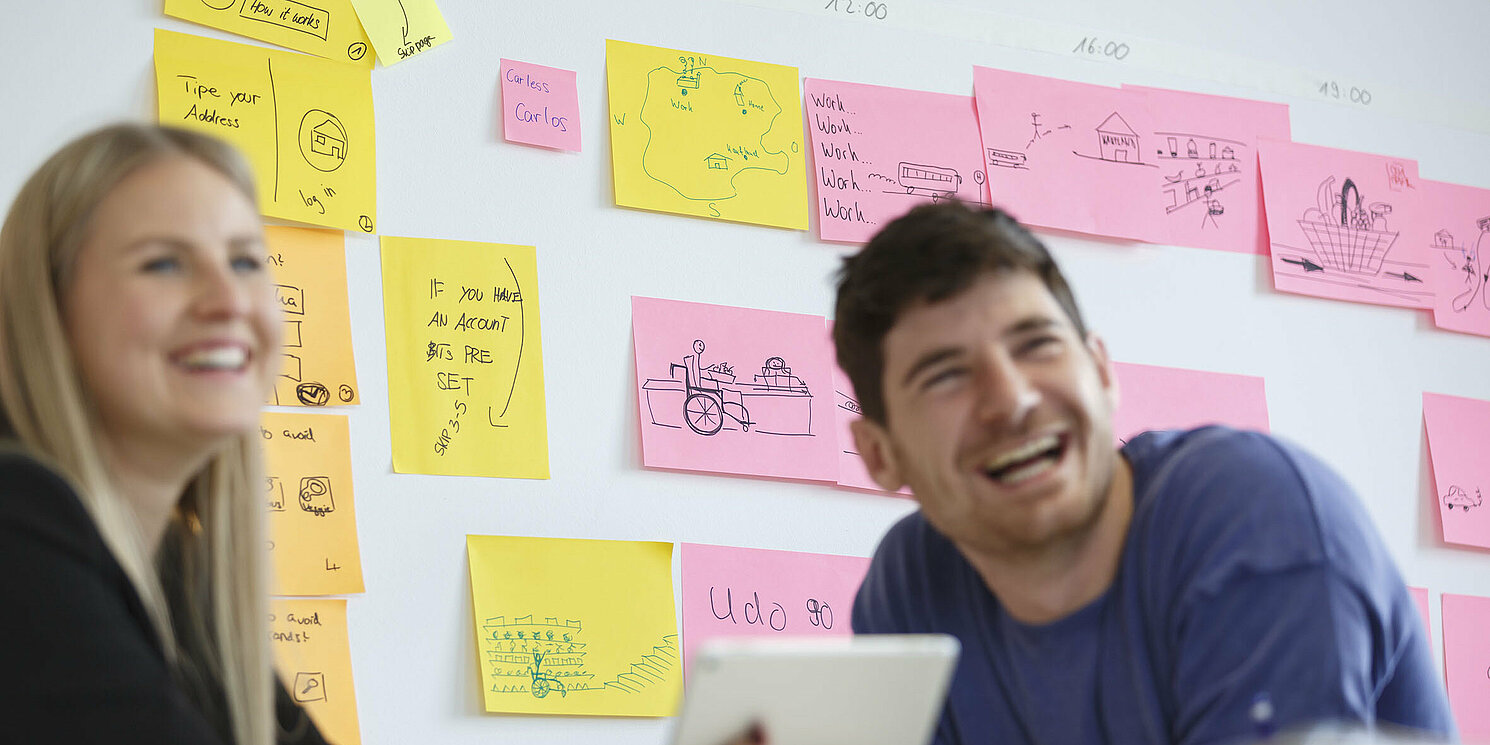Bavaria Israel Partnership Accelerator
BIPA

Über das Projekt
Die Teams aus bayerischen und israelischen Teilnehmer:innen des BIPA-Programms arbeiten an unternehmerischen Fragestellungen in innovationsgeleiteten Bereichen, wie:
- Industrie 4.0
- Internet of Things
- Automotive / Smart Mobility
- Gesundheit / MedTech
- IT-Sicherheit
2020 haben die Hochschulen für angewandte Wissenschaften in Deggendorf und Regensburg gemeinsam mit dem Strascheg Center for Entrepreneurship und Tech7 dieses BIPA-Jahr zum bisher größten und besten gemacht.
BIPA 2021 war allerdings noch aufregender: zum ersten Mal war die Khalifa University in Abu Dhabi Teil der BIPA-Familie und machte die Veranstaltung damit zu einem multinationalen Erlebnis.
Programmablauf
Unternehmer und junge Fachkräfte aus Bayern und Israel bilden internationale Teams und nehmen an einem zweimonatigen Programm teil, das aus einem Kick-off-Workshop, einer Acceleration Phase und einem abschließenden Workshop mit Ergebnispräsentation besteht.
Die Teams werden während des gesamten Programms von hochqualifizierten Mentoren angeleitet, um Lösungen für die vorgeschlagenen Herausforderungen zu erarbeiten.
Teil I. Kick-Off Workshop München
Ein intensiver Kick-Off-Workshop, der die neu gebildeten Teams in den Prozess der offenen Innovation einführt und dabei auf die spezifischen Herausforderungen der teilnehmenden Unternehmen eingeht.
Teil II. Acceleration Phase
Entwicklung einer maßgeschneiderten Lösung für die vorgeschlagene Unternehmensherausforderung, unterstützt durch virtuelles Mentoring und Online-Zusammenarbeitstools.
Teil III. Abschlussworkshop und Ergebnispräsentation
Alle Teilnehmer kommen wieder zusammen und präsentieren ihre entwickelten Lösungen sowohl den Unternehmenspartnern als auch einem größeren Publikum.
FW-Module
BIPA is offered as an elective module at the OTH Regensburg.